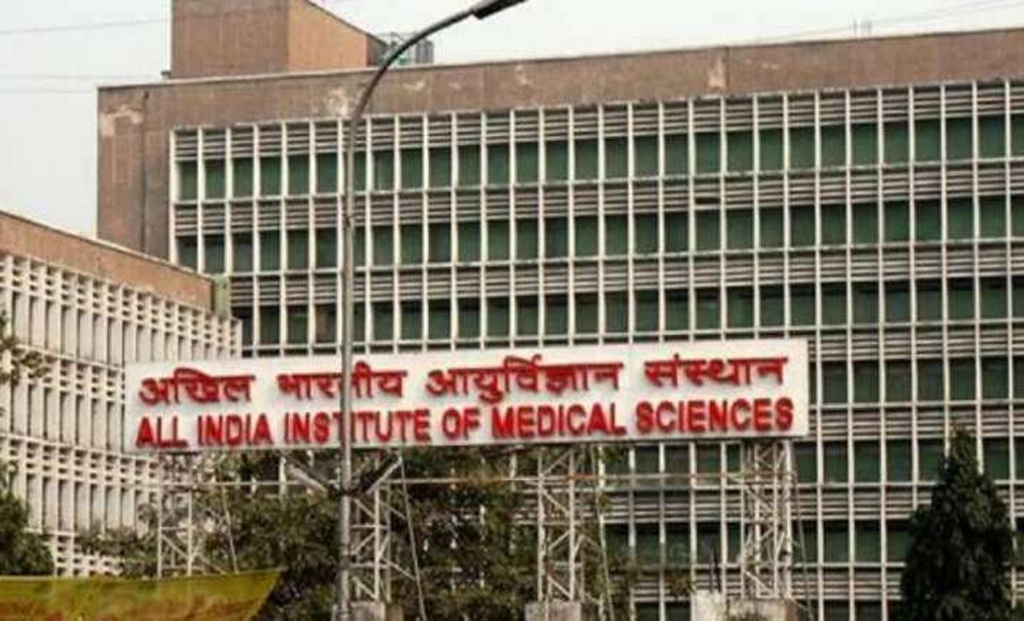Research indicates that even after successfully treating hepatitis C infection, individuals remain at a significantly elevated risk of mortality compared to the general population. Depending on the stage of liver disease, this risk can be three to fourteen times higher. The study, published in The BMJ, draws on data from over 20,000 patients who have been cured of hepatitis C.
Conducted by Glasgow Caledonian University in Scotland and the British Columbia Center for Disease Control in Canada, the study reveals that the primary contributors to these excess deaths are drug-related and liver-related causes. This underscores the need for ongoing support to fully capitalize on the benefits of a hepatitis C cure.
Hepatitis C is a virus that attacks the liver and, if untreated, can result in severe and potentially life-threatening liver damage over an extended period. In the past, interferon-based therapy was used to treat hepatitis C, often with limited success. However, the advent of direct-acting antiviral (DAA) medications in 2011 has revolutionized treatment. Over 95% of patients treated with DAAs now achieve a “virological cure,” significantly reducing their risk of death compared to untreated patients.
Nonetheless, the extent of prognosis for cured patients in comparison to the general population remains a subject of discussion. To delve deeper into this issue, researchers from the UK and Canada set out to assess mortality rates among individuals who had been cured of hepatitis C and compare these rates with the general population.
Their analysis covered data from three population studies conducted in British Columbia (Canada), Scotland, and England, involving 21,790 individuals who achieved a hepatitis C cure between 2014 and 2019. Most participants did not have cirrhosis at the time of their cure. The average age of patients without cirrhosis was 44 years in Scotland and 56 years in British Columbia. Of the participants, 7% (1,572 individuals) passed away during the follow-up period. The primary causes of death included drug-related issues (24%), liver failure (18%), and liver cancer (16%).
Even after adjusting for age, mortality rates were substantially higher across all levels of disease severity and contexts compared to the general population. Furthermore, these rates increased significantly with the severity of liver disease. Among patients without cirrhosis, drug-related causes were the primary contributors to excess mortality, while among patients with cirrhosis, liver cancer and liver failure were the leading factors.
Across all disease stages and contexts, advanced age, recent substance use, alcohol consumption, and pre-existing medical conditions (co-morbidities) were associated with elevated death rates. These findings are observational and may not be universally applicable, particularly in settings where injecting drug use is not the primary mode of hepatitis C transmission.
Centre Has Taken Several Measures To Increase Organ Donations: Union Health Minister | ALSO READ
Nevertheless, this study is the largest and most representative of its kind, leading researchers to conclude that their results “unequivocally demonstrate that cured patients continue to experience significant mortality rates, primarily due to liver and drug-related causes.”
As a result, the researchers emphasize the necessity of establishing robust post-cure follow-up protocols, along with services and interventions to mitigate drug and alcohol-related harm, in order to fully harness the benefits of a hepatitis C cure.











